The Enigmatic 29P Comet: A Cryovolcanic Puzzle in Our Solar System
Space exploration has long offered humanity profound and awe-inspiring discoveries, but few objects are as intriguing as 29P/Schwassmann–Wachmann, a body that defies many of our expectations about how comets behave. Unlike typical comets, which dramatically light up the sky with a characteristic blazing tail as they approach the Sun, 29P behaves in confounding ways. Despite technically being a comet, this object never produces the recognizable tail, and instead exhibits periodic, explosive outbursts of activity. These eruptions contribute to its informal title as a “space volcano,” more specifically a “cryovolcano.” In this article, we will delve into the peculiar aspects of 29P, why it fascinates both amateur and professional astronomers alike, and what this unique object can tell us about the early solar system, planetary formation, and beyond.
What Is 29P, and Why Is It So Unique?
First observed in 1927, 29P/Schwassmann–Wachmann does not fit the typical profile of a comet. Its orbit lies comfortably between Jupiter and Saturn, far from the Sun. We categorize it under a class of objects called Centaurs, which are essentially icy bodies believed to have originated from the Kuiper Belt. Over time, gravitational effects from outer planets, primarily Jupiter and Saturn, pushed these ancient bodies into more stable, elliptical orbits closer to the inner solar system.
However, what truly sets 29P apart from other comet-like objects is its unpredictable eruptions, which release massive plumes of cryogenic material into space. Recent studies, including those conducted by the James Webb Space Telescope, observed that these outbursts are significantly more volatile than previously imagined. Unlike our conventional understanding of volcanic activity on Earth that involves molten rock, these eruptions consist of cold, icy material—stuff beneath the surface that suddenly feels pressure and erupts into space as gases and ice crystals. Remarkably, these eruptions can cause the comet to brighten by over 300 times in a matter of hours – a phenomenon rarely witnessed in other known comets.
< >
>
The Science of a Cryovolcano
A “cryo-volcano” is essentially a volcano of ice. A traditional volcano on Earth expels lava, gas, and molten materials from deep beneath the surface. In contrast, a cryovolcano erupts cryogenic liquids, including carbon monoxide, methane, and carbon dioxide, from a solid icy crust. Interestingly, the James Webb Space Telescope recently revealed that 29P, unlike other comets, shows two distinct types of cryo volcanic plumes: one made predominantly of carbon monoxide and another consisting largely of carbon dioxide. These twin eruptions originate from separate areas on the comet, suggesting that the comet is a composite or “contact binary,” made up of two different planetary fragments bonded together in the distant past.
What complicates the mystery even further is that 29P’s eruptions happen roughly every 7.3 times per year, but are utterly unpredictable in terms of intensity or timing. Scientists speculate that the eruptions may be related to a slow rotation period, estimated to be around 57 days, which creates regions of intense pressure. Because these emissions brighten the object significantly in the night sky, both amateur and professional astronomers alike eagerly await—and work hard to predict—the next big explosion.
The Importance of Studying Objects Like 29P
Understanding 29P and its unusual behavior isn’t just about satisfying curiosity; it offers profound insights into the early solar system. The materials ejected during these frequent eruptions are pristine, dating back nearly 4.6 billion years to the very formation of the planets. In essence, a close study of the material spewing from 29P could offer a treasure trove of information about the building blocks of planets and moons.
Despite its relative proximity within our solar system, very few missions have focused on studying Centaur objects like 29P. Until recently, NASA’s New Horizons mission provided some of the key imaging data that scientists compared to this mysterious comet. But there have been no significant missions planned specifically to explore Centaurs like 29P, which means much of what we learn is from telescopic observations by Earth-based astronomers and occasional space-based telescopes like James Webb.
<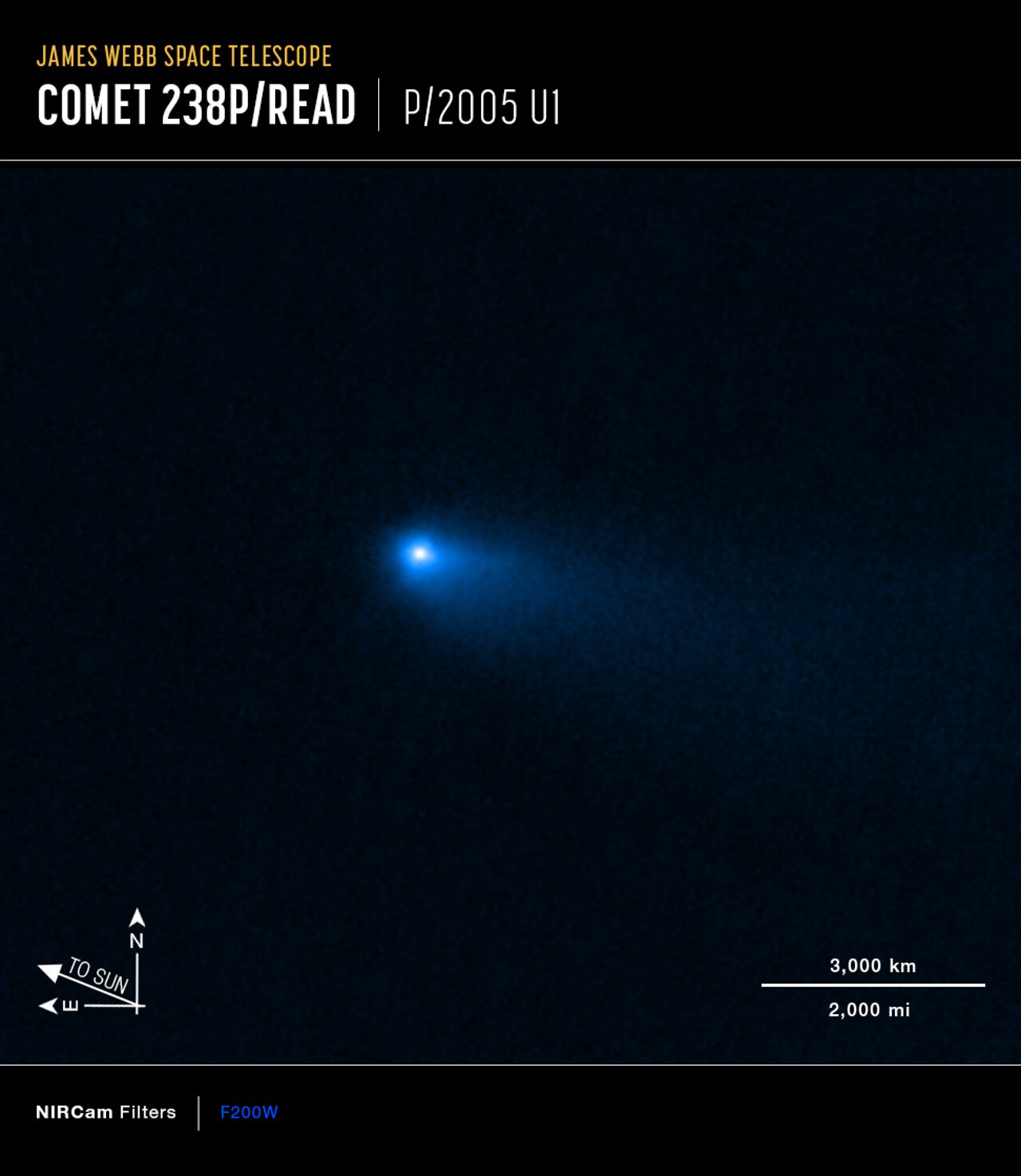 >
>
Potential Implications of 29P’s Explosive Behavior
The outbursts of 29P, while still relatively mysterious, reinforce the concept that primordial objects in our solar system may be far more complex than previously thought. This complexity isn’t just about the unpredictability of their eruptions—it’s also about their significance. 29P—and many Centaurs like it—may have played roles in delivering necessary life-building elements (water, carbon-based molecules, etc.) to the inner planets during the early solar system’s chaotic “late heavy bombardment” period.
Yet, there’s much we still don’t understand. Why do some of its eruptions remain so unpredictable? Will we one day find that the cryomagma released during these events offers clues to the compositional history of not just the Centaur, but possibly even Earth and Mars?
<
>
Conclusion: Looking to the Future of Space Exploration
29P is an extraordinary object that reminds us of how little we still understand about our own solar system. Some of the key questions it raises extend beyond just this single comet and touch on broader issues like planetary formation and the origins of the materials that now make up the planets. Perhaps future missions will focus on 29P, and it’ll reveal even more about not just the comet itself, but how it fits into the larger story of our universe.
For now, the eruptions of this “space volcano” are something we can continue to observe from Earth, learning more day by day. As our technology improves, particularly with space-based observatories like the James Webb, we may finally unlock more secrets about this fascinating object. I, for one, hope to see a deep-space mission planned to examine 29P more closely because its history could very well be the key to understanding numerous complex aspects of our universe’s evolution.
<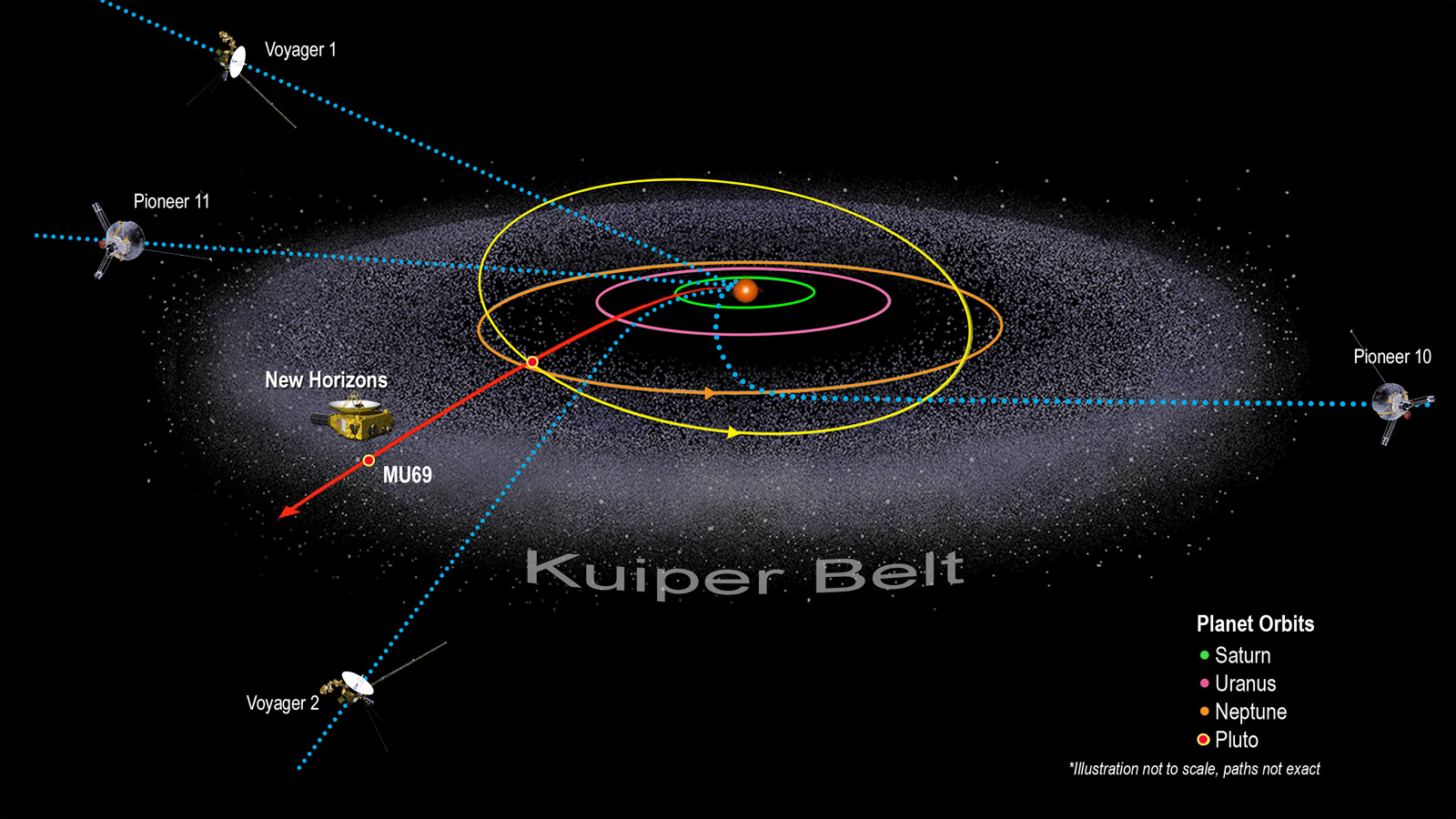 >
>
For more discussions on cosmic mysteries, including those that echo previous discussions in my blogs, such as “The Mystery of Failed Supernovae”, or the “Evolving Mystery of Dark Energy”, check out other articles linked here. These related posts dive deeper into celestial phenomena and how they shape our understanding of cosmic events.
Focus Keyphrase: 29P Comet Cryovolcano
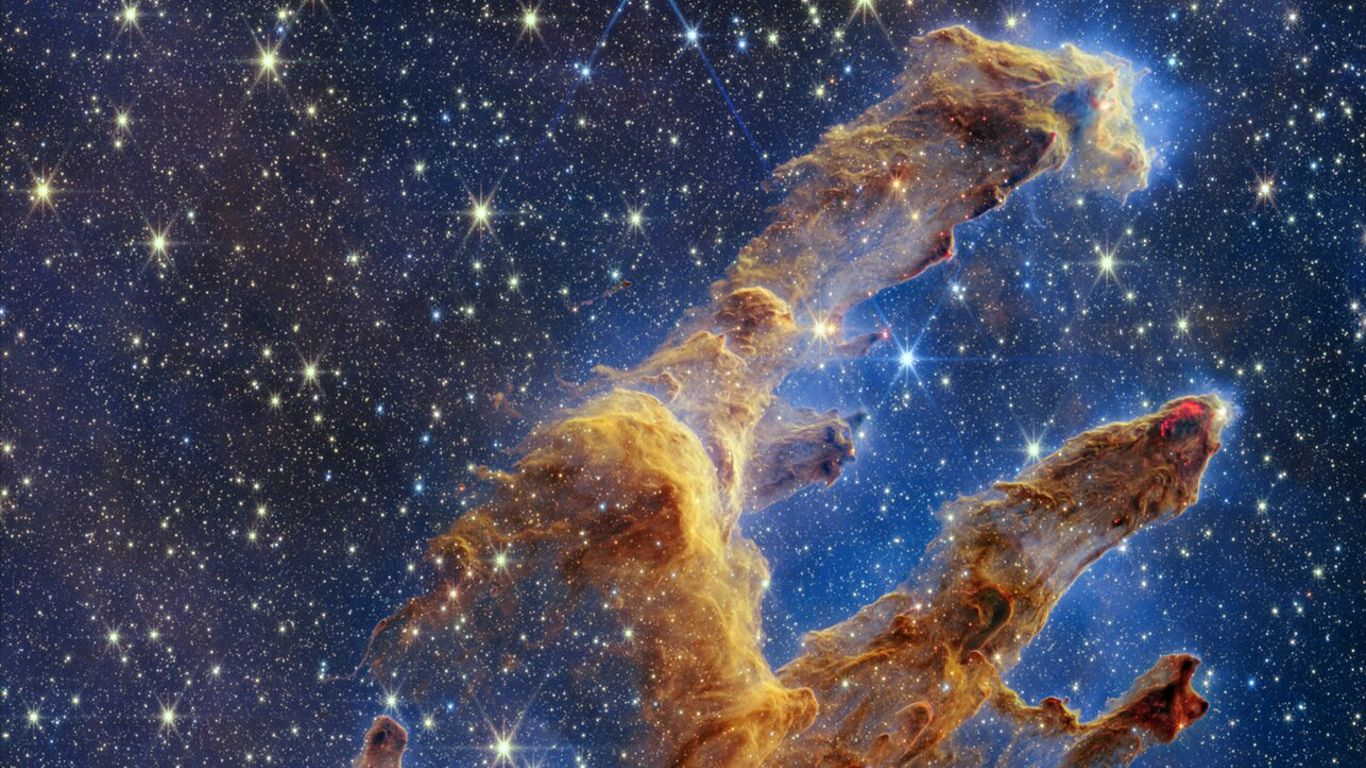
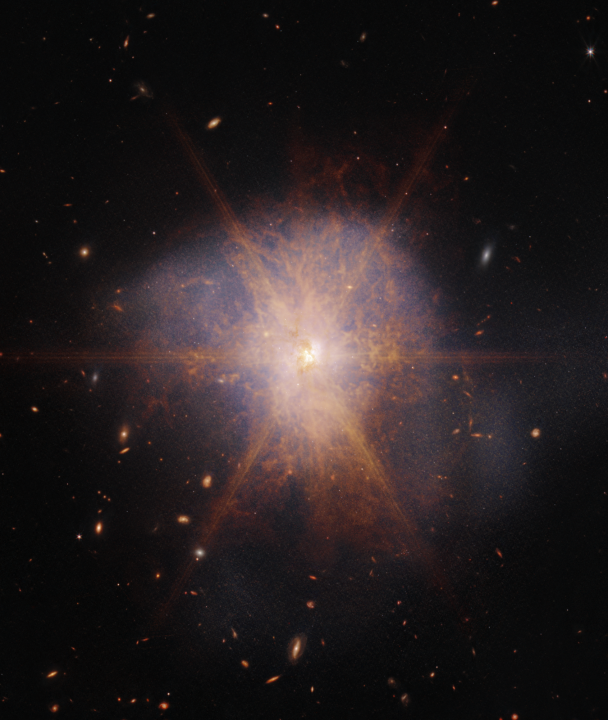

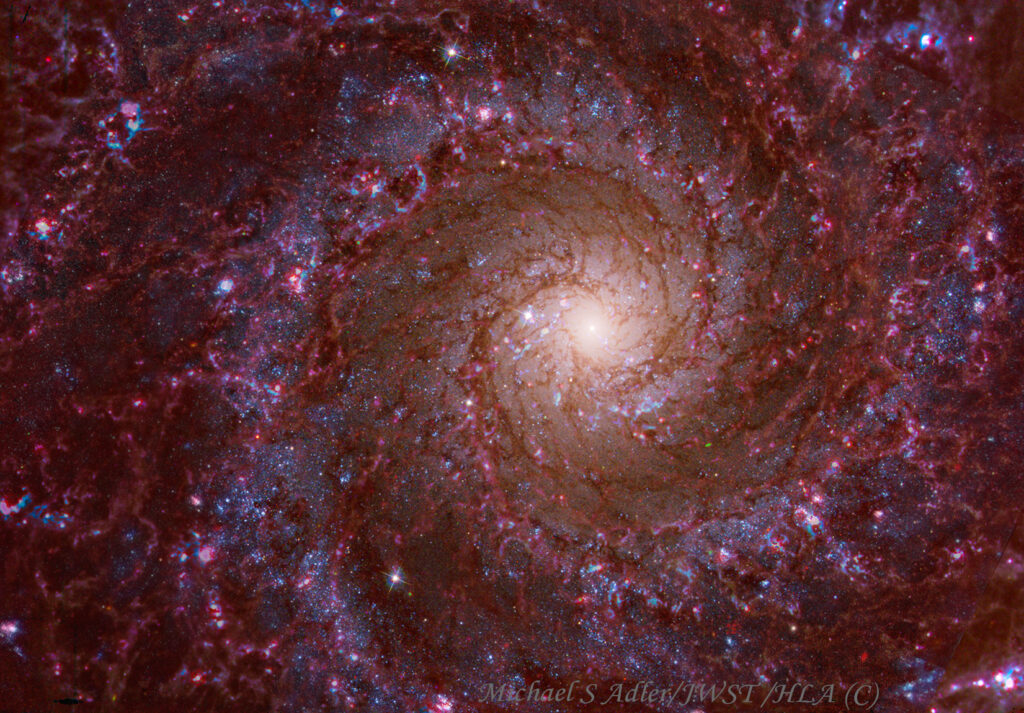
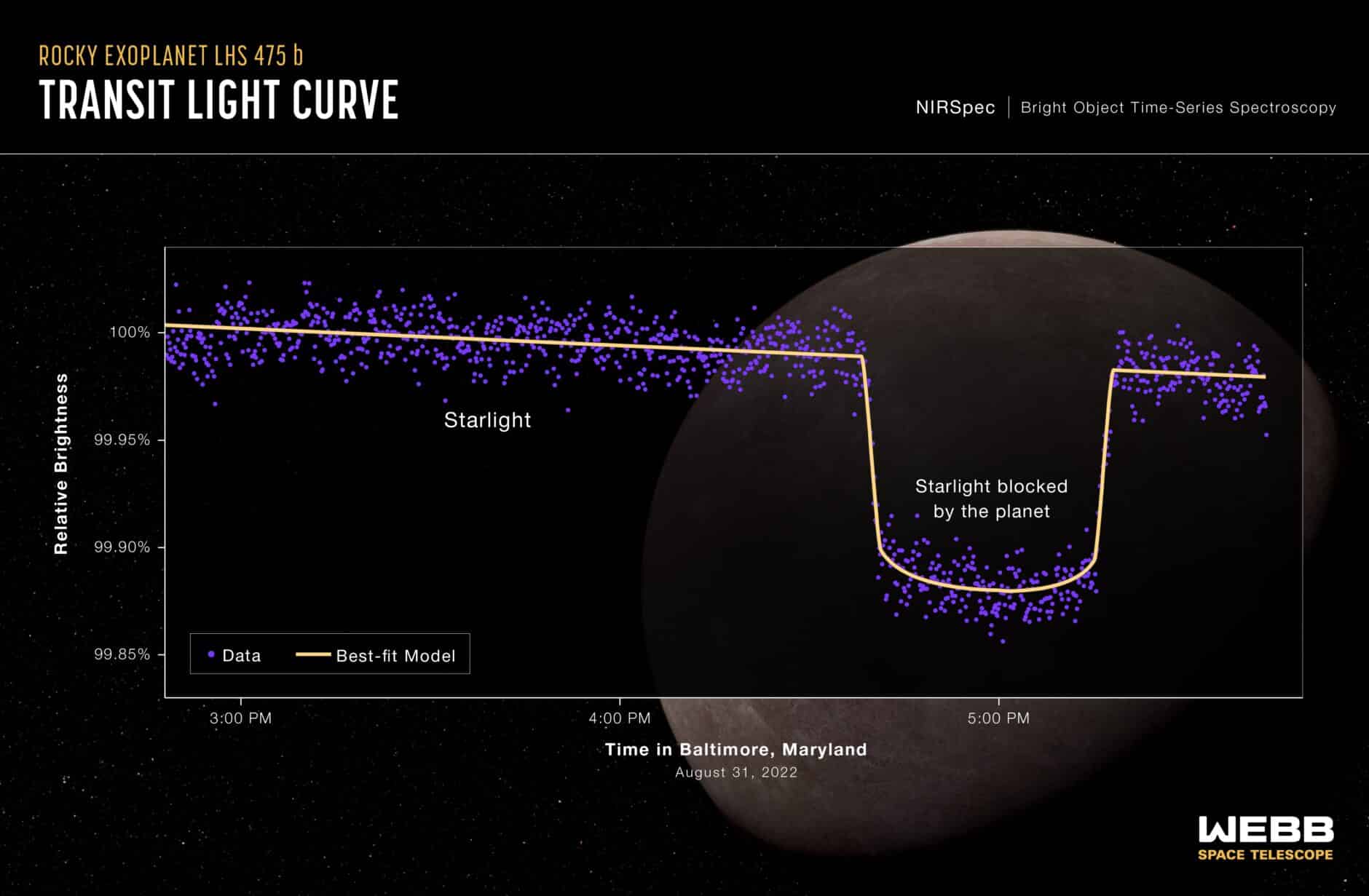 >
> >
>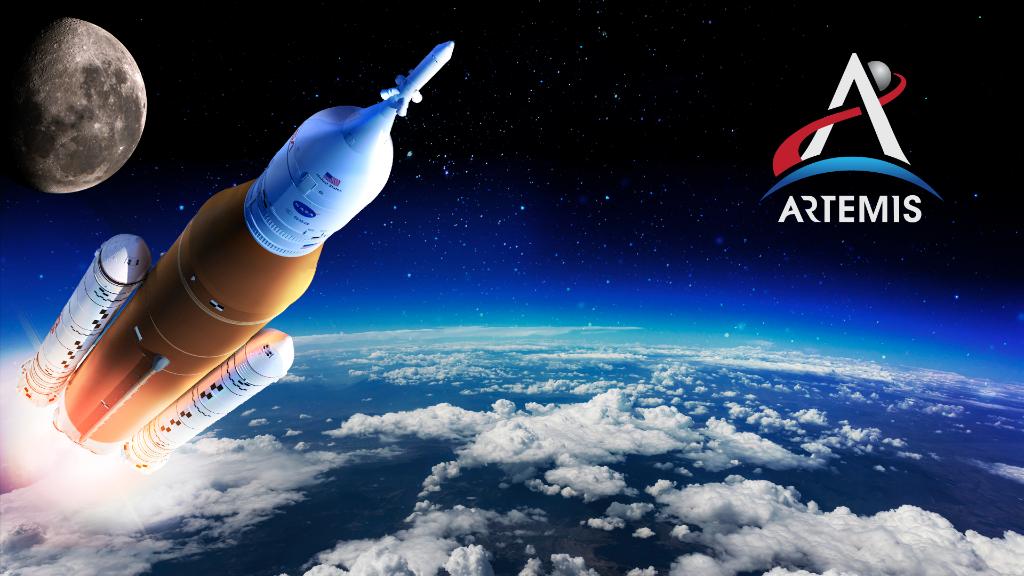 >
>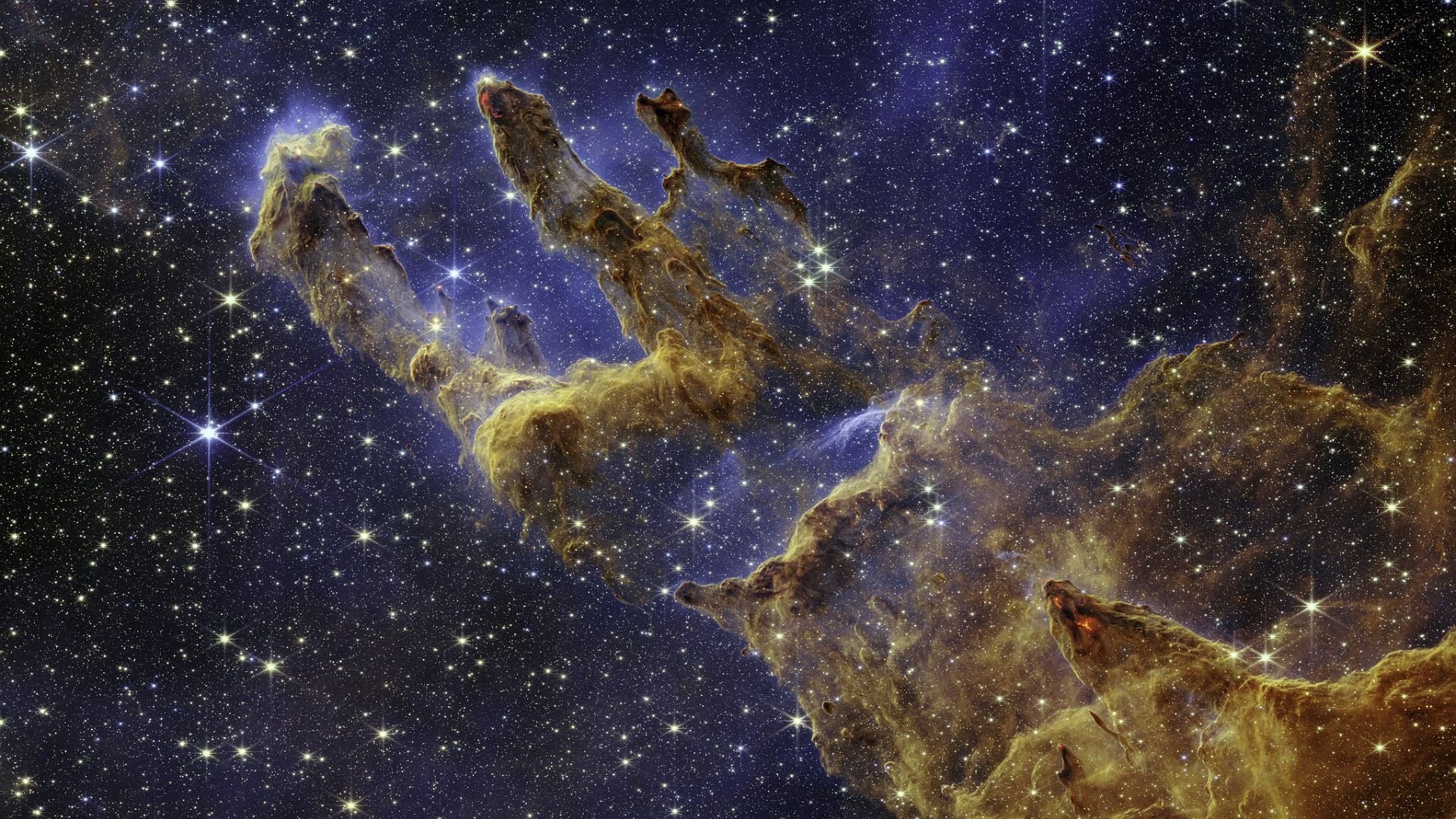 >
>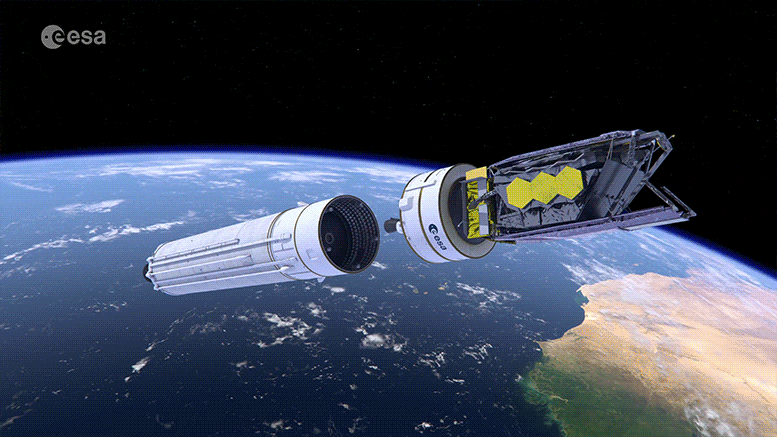 >
>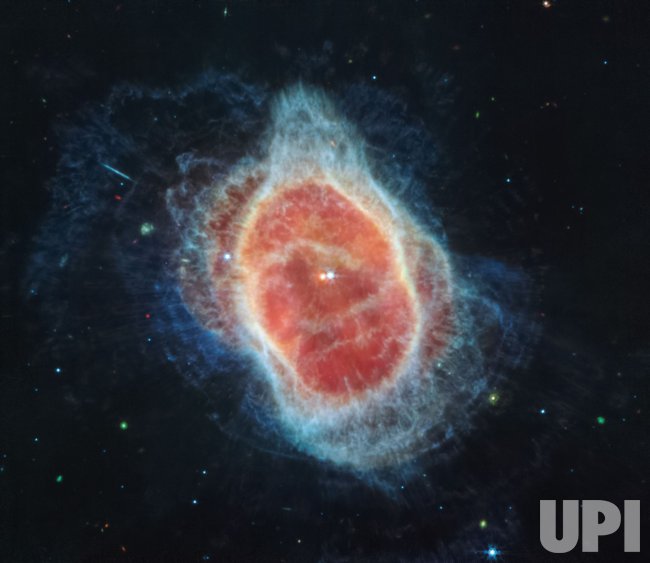 >
>